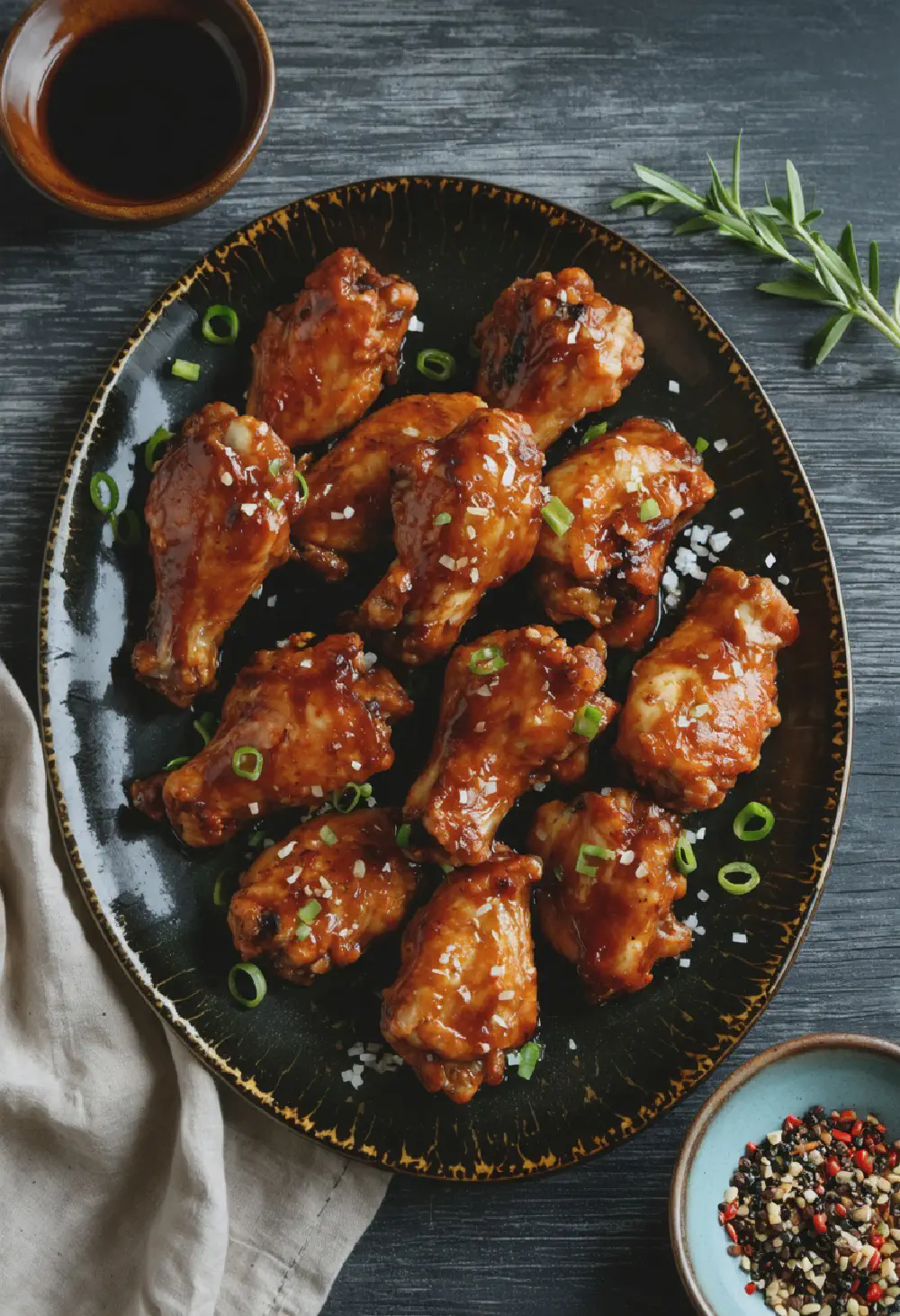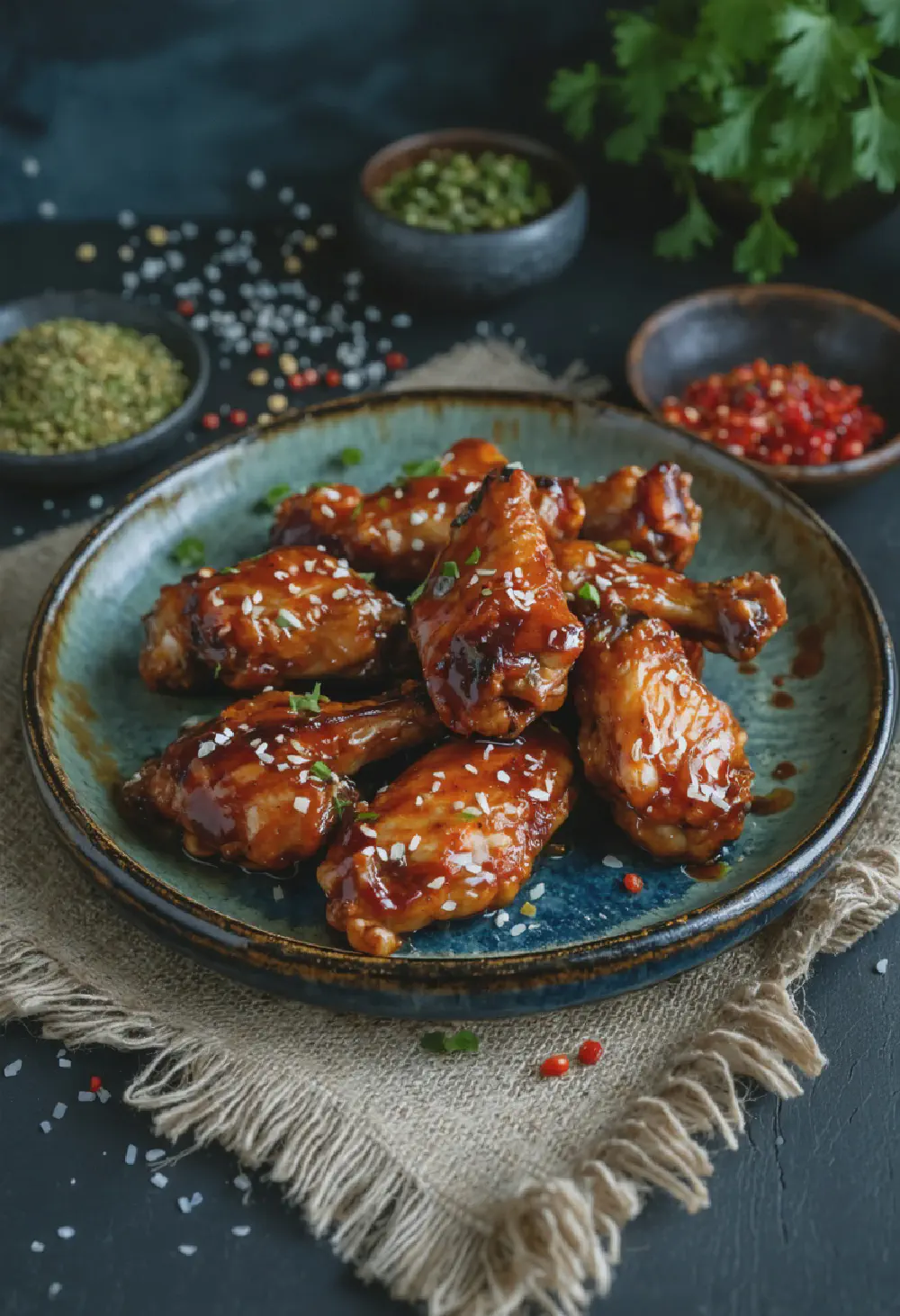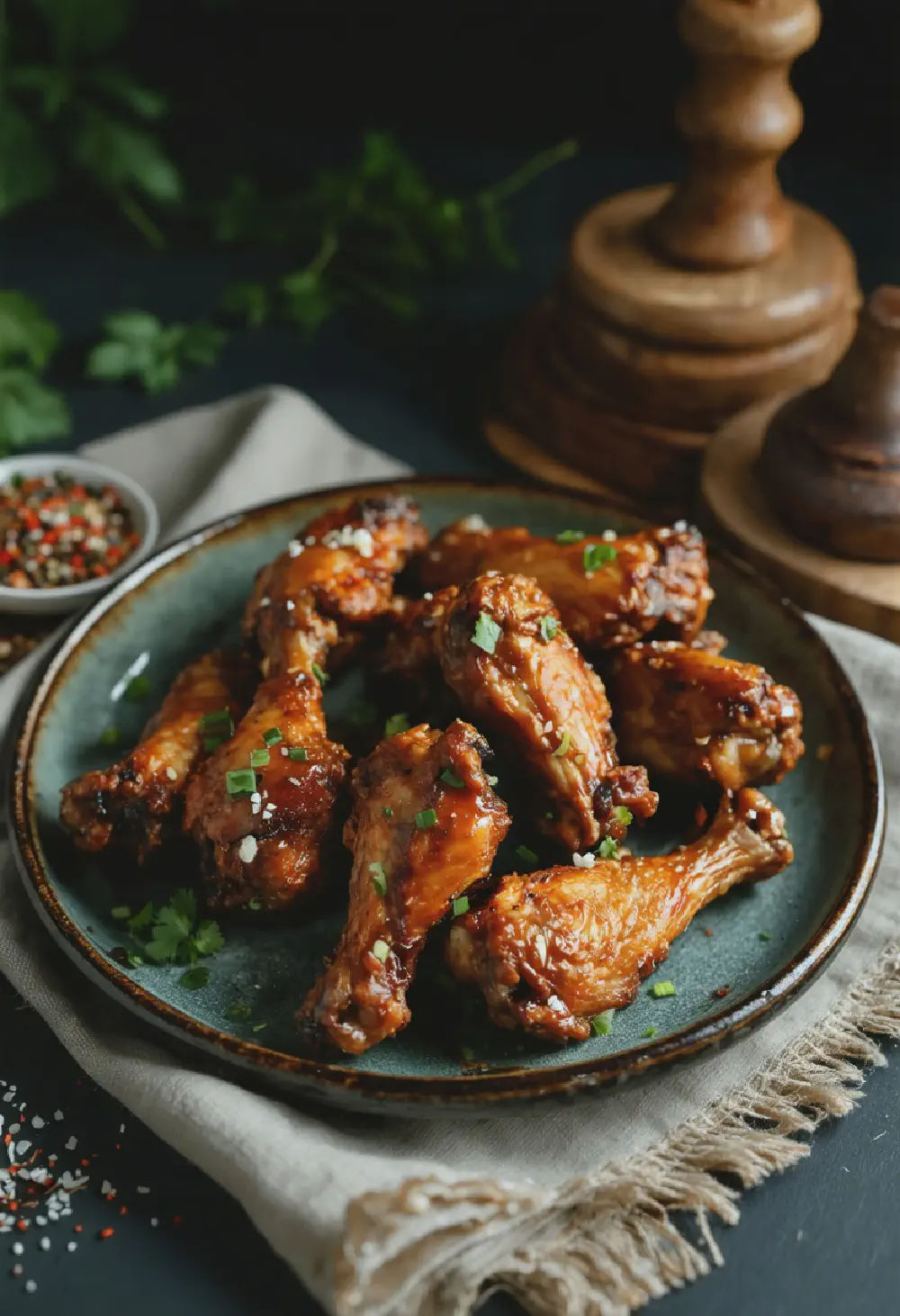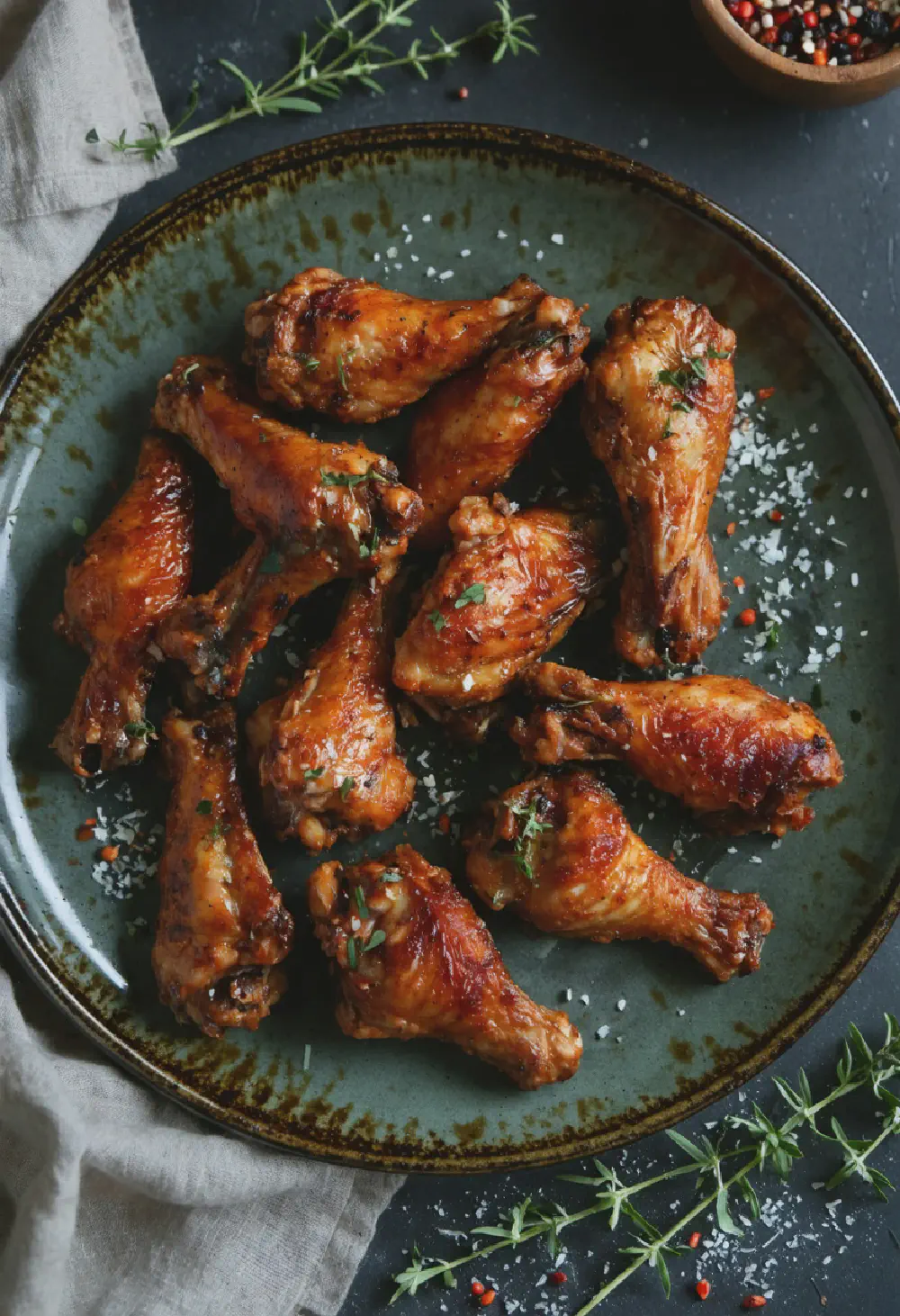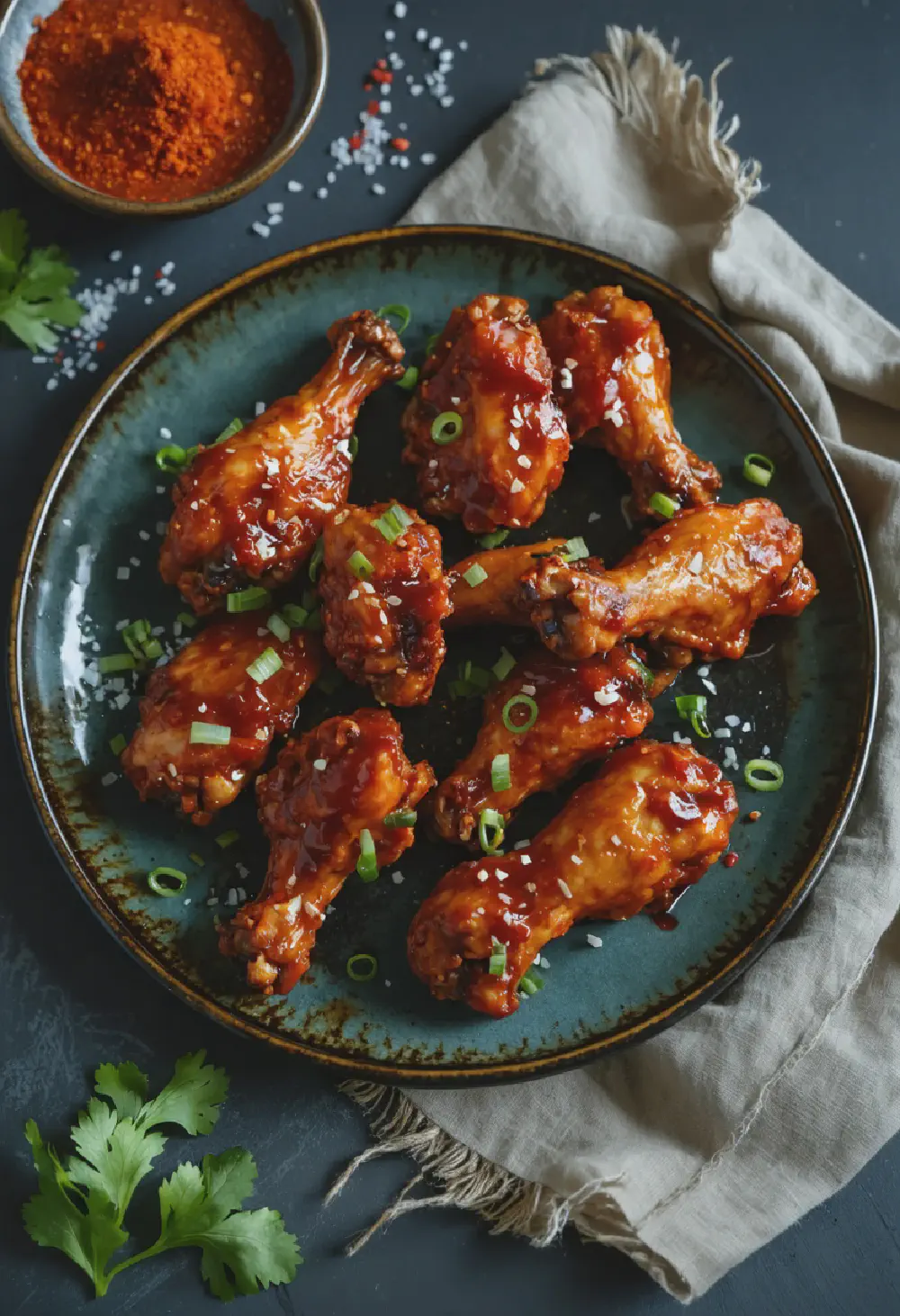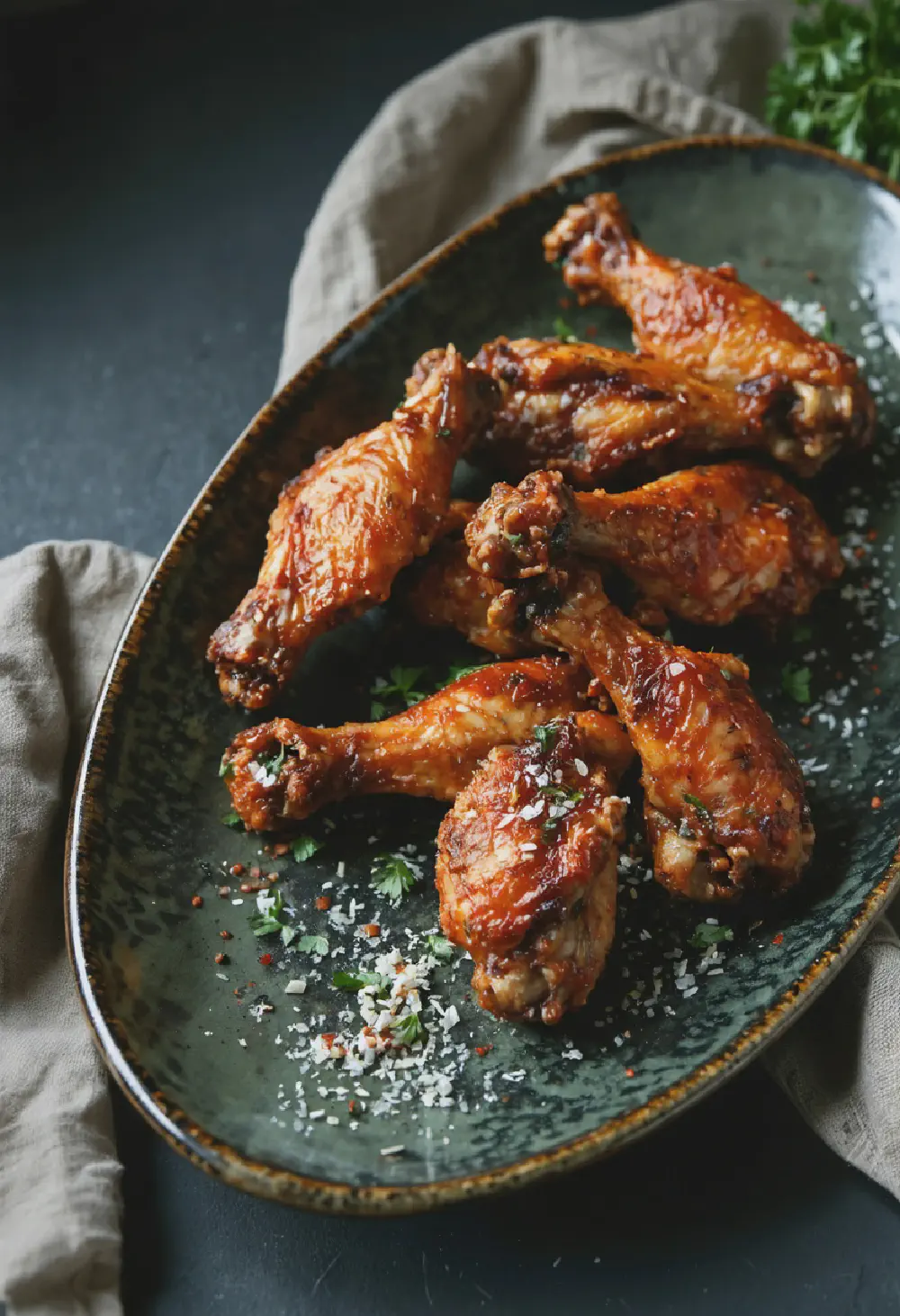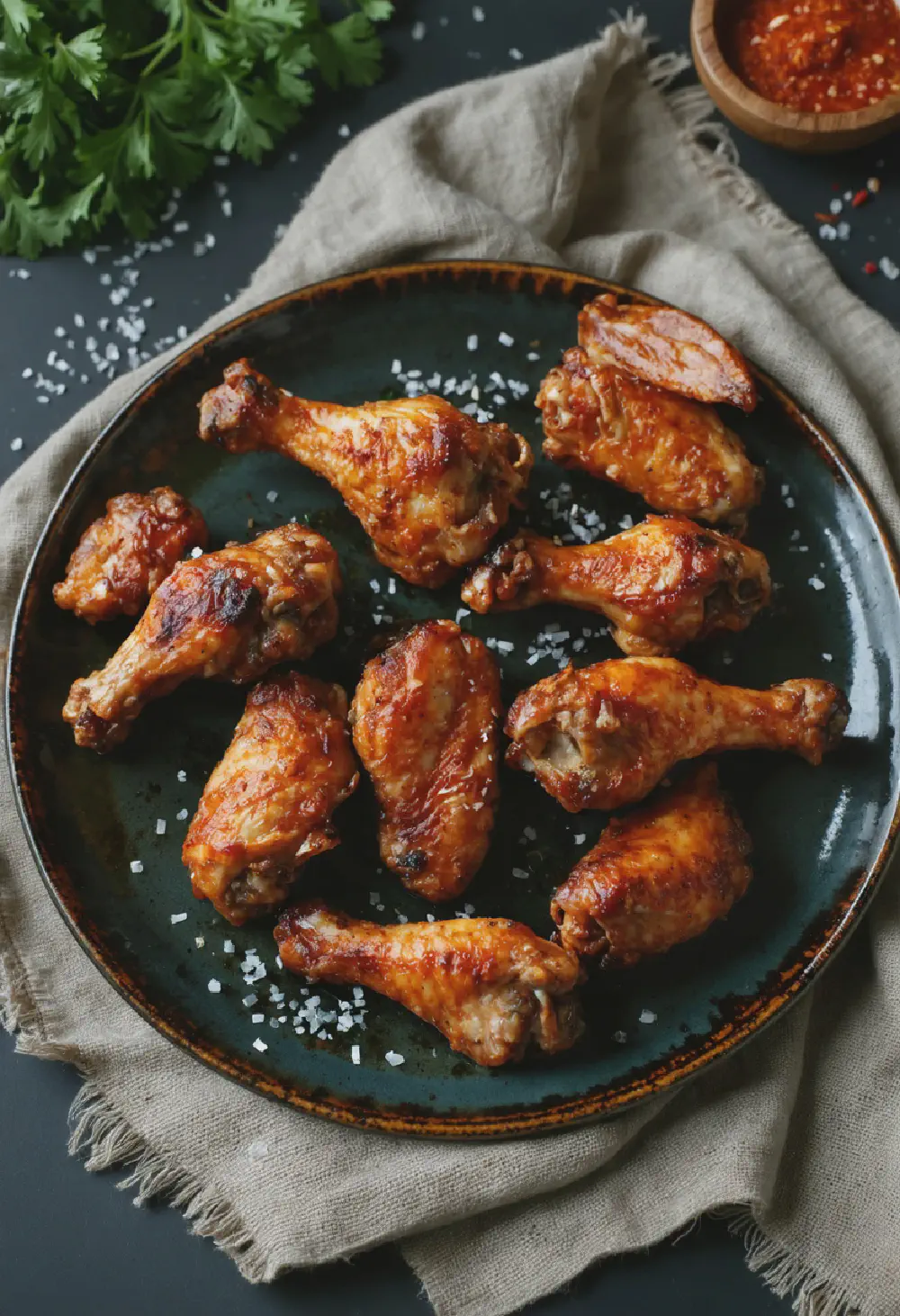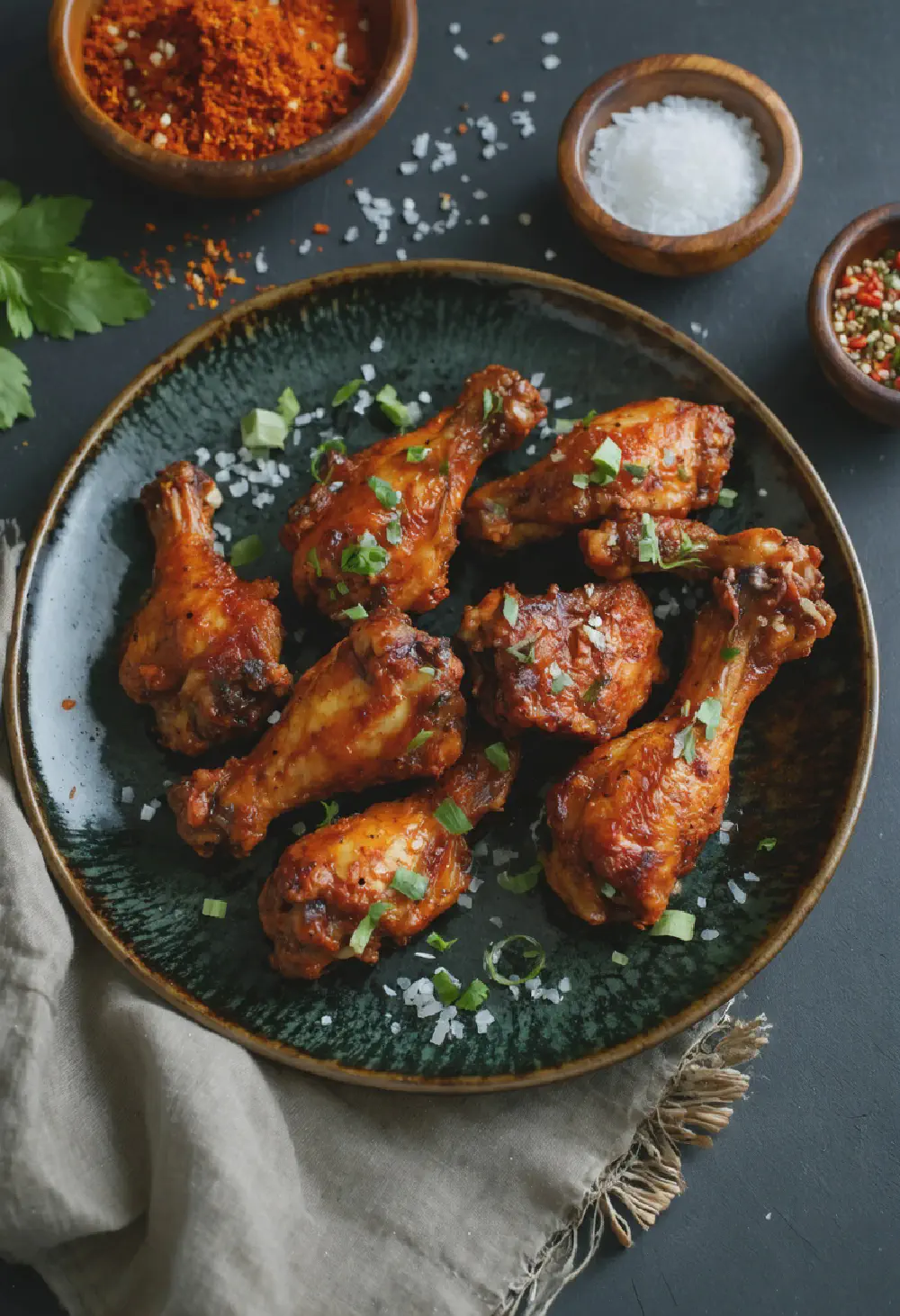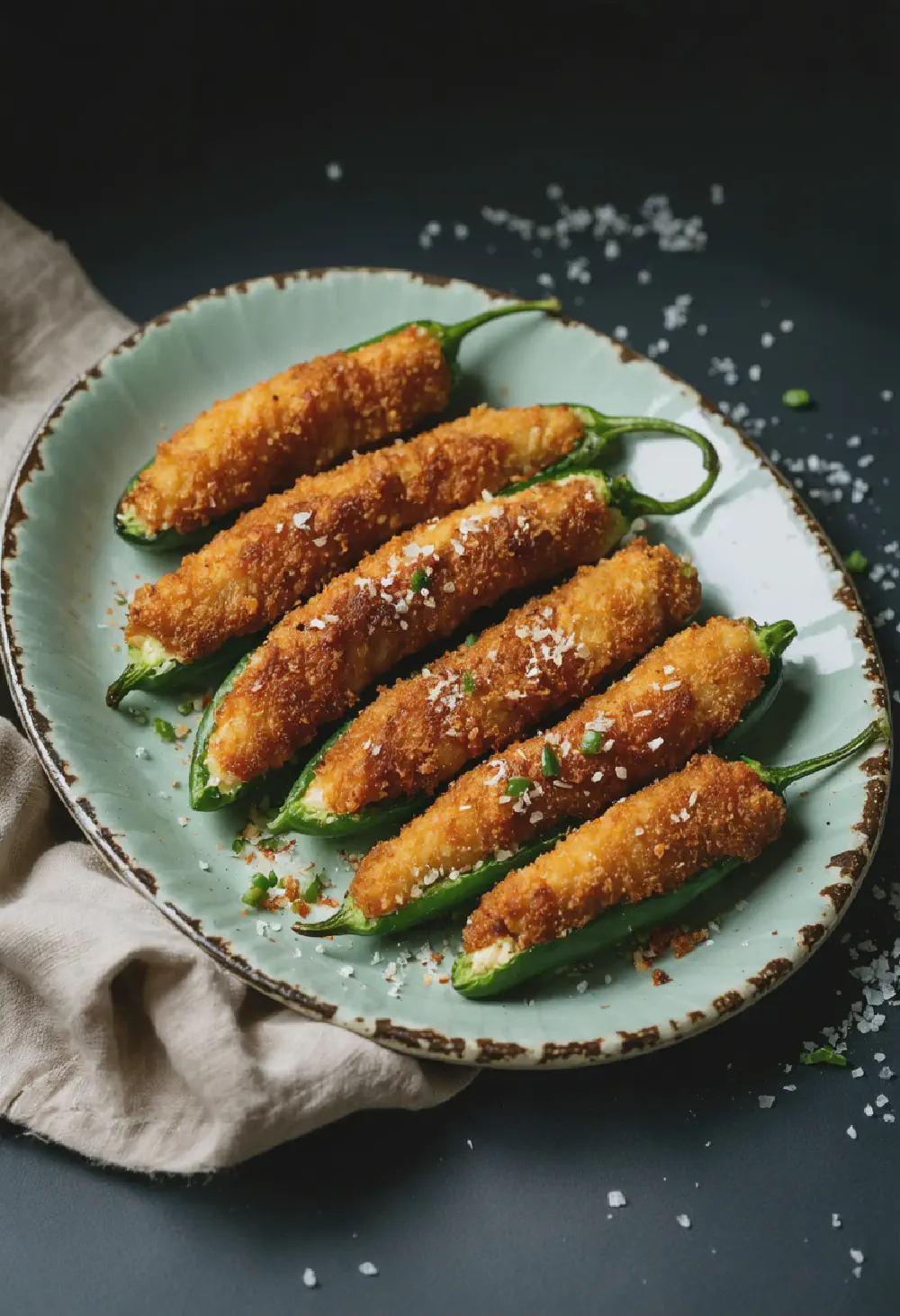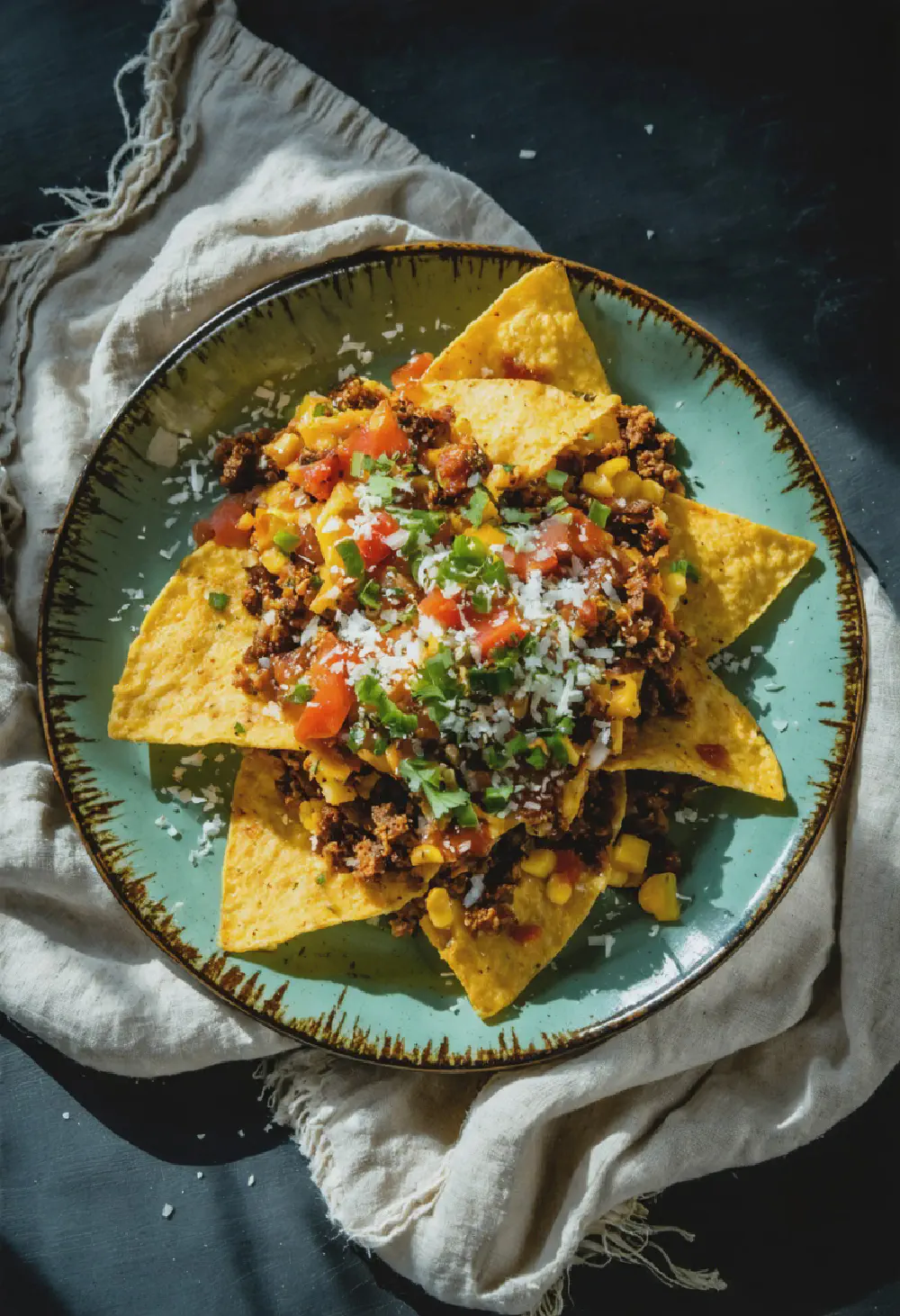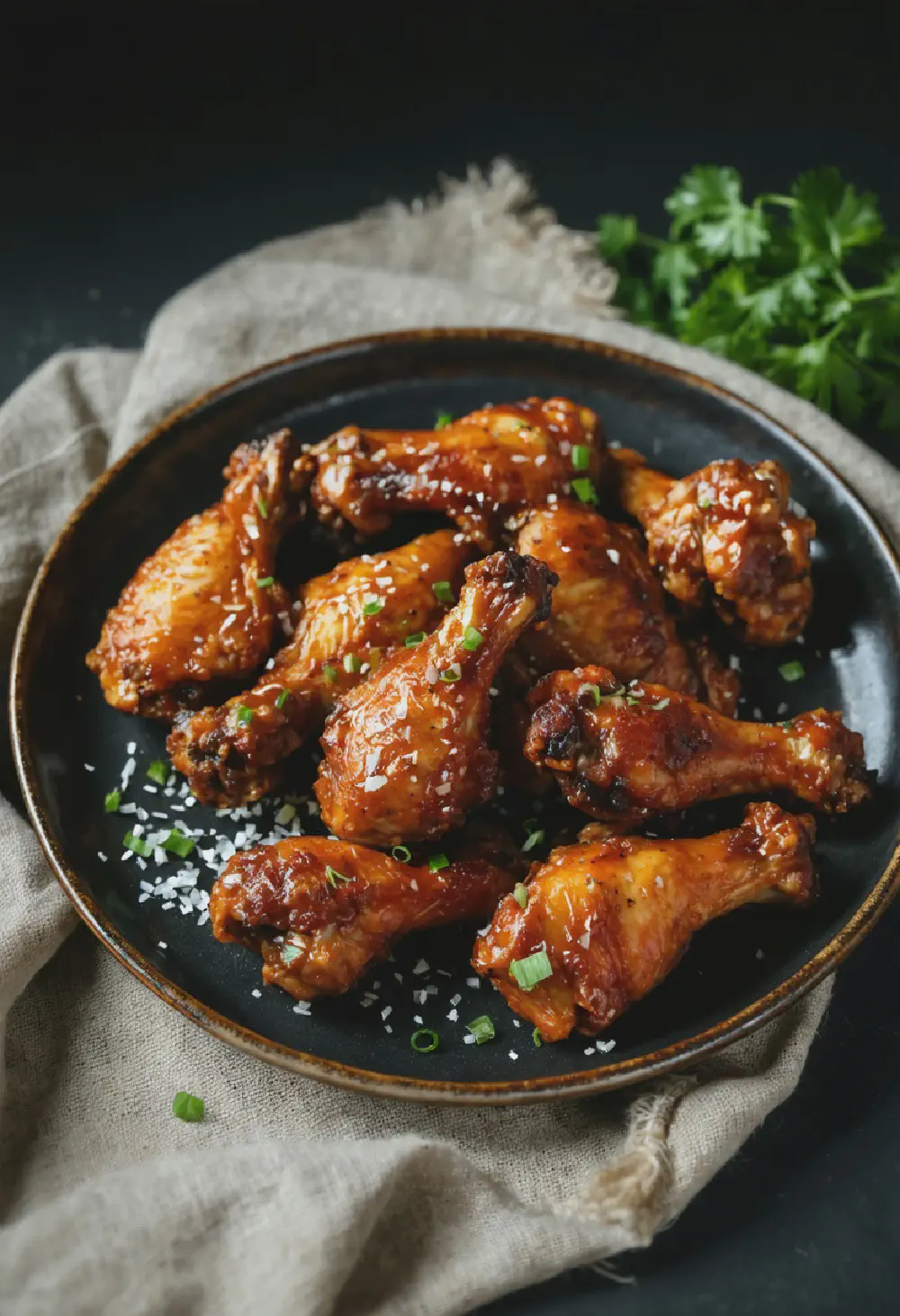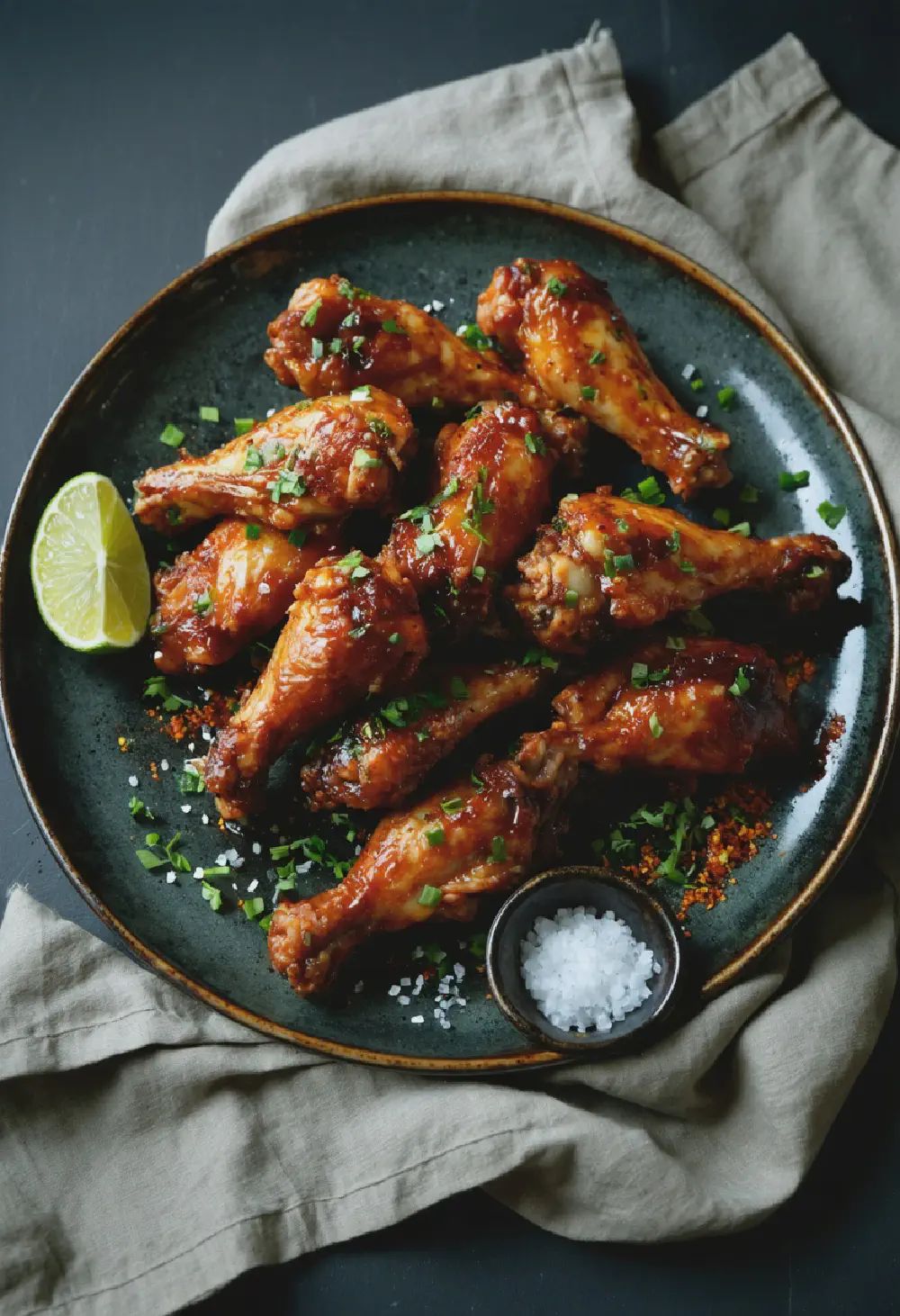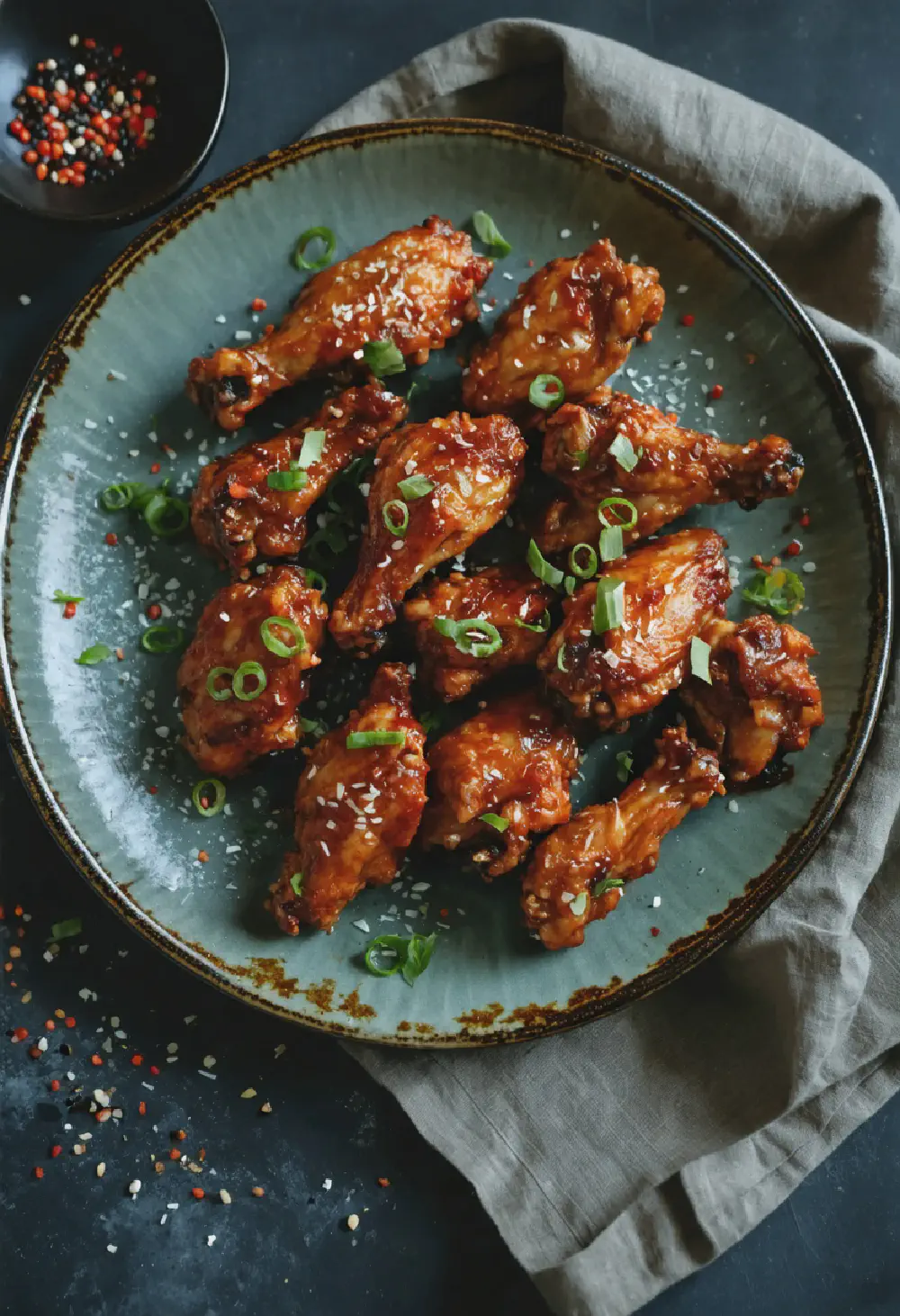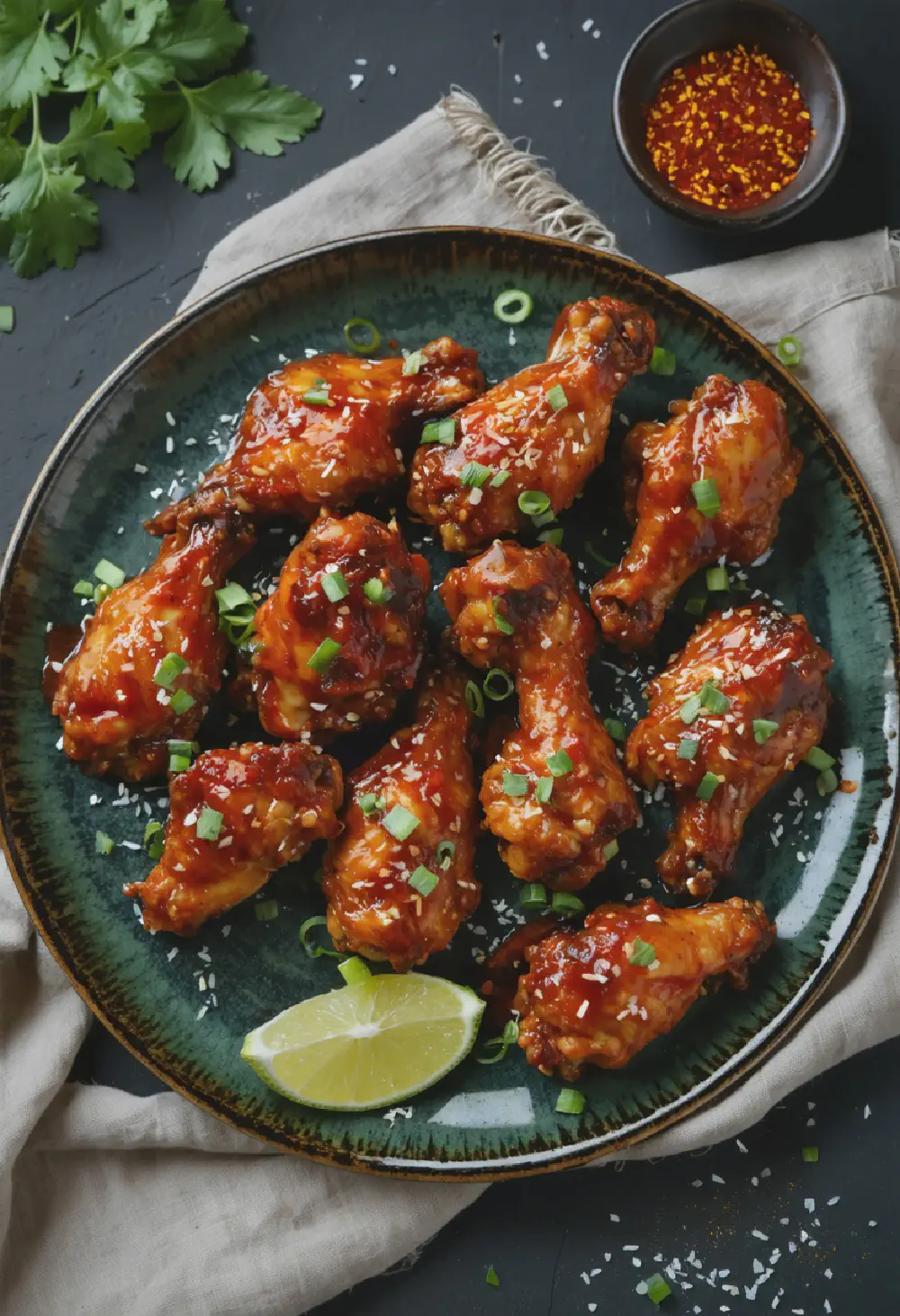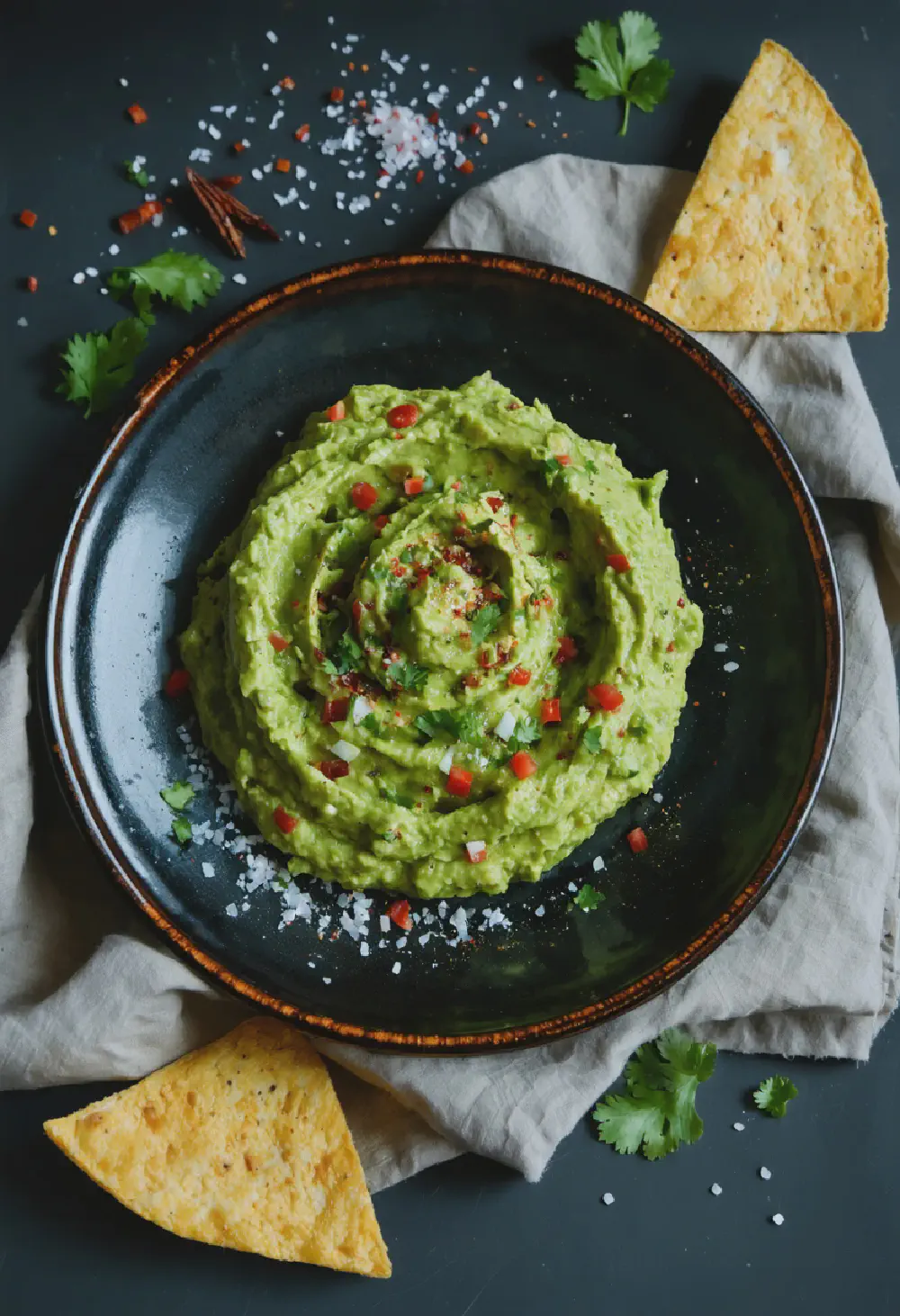Teriyaki Wings
15M
45M
- Makes 4 servings
- 1 kg chicken wings, split at the joint, tips removed
- 1/2 cup soy sauce
- 1/4 cup mirin
- 1/4 cup sake
- 3 tablespoons sugar
- 2 cloves garlic, minced
- 1 teaspoon fresh ginger, grated
- 1 tablespoon vegetable oil
- 2 teaspoons cornstarch
- 2 tablespoons water
- Sesame seeds, for garnish
- Sliced green onions, for garnish
- In a saucepan, combine soy sauce, mirin, sake, sugar, minced garlic, and grated ginger. Bring the mixture to a boil over medium heat, stirring until the sugar dissolves.
- Reduce the heat to low and simmer for about 5 minutes to allow the flavors to meld. Remove from heat and let the teriyaki sauce cool to room temperature.
- Place the chicken wings in a large bowl or a resealable plastic bag. Pour half of the cooled teriyaki sauce over the wings, reserving the other half for glazing. Toss the wings to coat evenly. Marinate in the refrigerator for at least 1 hour, or up to overnight for deeper flavor.
- Preheat your grill to medium-high heat. Brush the grill grates with vegetable oil to prevent sticking.
- Remove the wings from the marinade and discard the used marinade. Grill the wings, turning occasionally, until they are cooked through and the internal temperature reaches 165°F (74°C), about 20-25 minutes.
- While the wings are grilling, prepare the glaze. In a small bowl, mix the cornstarch with water to create a slurry. Add the slurry to the reserved teriyaki sauce and bring to a simmer over medium heat, stirring constantly until the sauce thickens, about 2-3 minutes.
- Once the wings are cooked, brush them generously with the thickened teriyaki glaze. Continue to grill for an additional 2-3 minutes, turning once, to caramelize the glaze.
- Transfer the wings to a serving platter. Sprinkle with sesame seeds and sliced green onions for garnish. Serve hot and enjoy!
Teriyaki Wings: A Delicious Japanese Delicacy
History
Teriyaki Wings have a rich history that traces back to Japan, where the teriyaki cooking technique originated. The term “teriyaki” comes from the Japanese words “teri,” meaning shine, and “yaki,” meaning grilled or broiled. This method of cooking was traditionally used for fish, but over time, it evolved to include chicken, beef, and other meats. Teriyaki Wings, in particular, became popular in the United States during the mid-20th century, as Japanese cuisine gained international recognition. The wings are marinated in a traditional teriyaki sauce, which is a blend of soy sauce, mirin, and sugar, before being grilled to perfection. This dish has since become a beloved appetizer and snack, appreciated for its unique flavor and versatility.
Taste Profile
The taste profile of Teriyaki Wings is a harmonious blend of sweet and savory flavors, making it a standout dish in Japanese cuisine. The wings are marinated in a traditional teriyaki sauce, which imparts a deep, rich flavor with a hint of sweetness from the mirin and sugar. When grilled, the wings develop a beautiful glaze that adds a glossy finish and enhances the overall taste. The result is a perfect balance of umami from the soy sauce, sweetness from the mirin, and a subtle smokiness from the grilling process. This combination of flavors makes Teriyaki Wings an irresistible treat that is both satisfying and delicious.
Cultural Significance
In Japanese cuisine, Teriyaki Wings hold a special place as a representation of the teriyaki cooking technique, which is deeply rooted in the country’s culinary traditions. The dish showcases the art of balancing flavors, a key aspect of Japanese cooking. Teriyaki Wings are often served as an appetizer or snack, reflecting the Japanese emphasis on communal dining and sharing food with others. The dish’s popularity in the United States and other parts of the world highlights the global appeal of Japanese cuisine and its ability to adapt to different tastes and preferences. By enjoying Teriyaki Wings, one can appreciate the cultural significance of teriyaki and its role in bringing people together through the joy of food.
